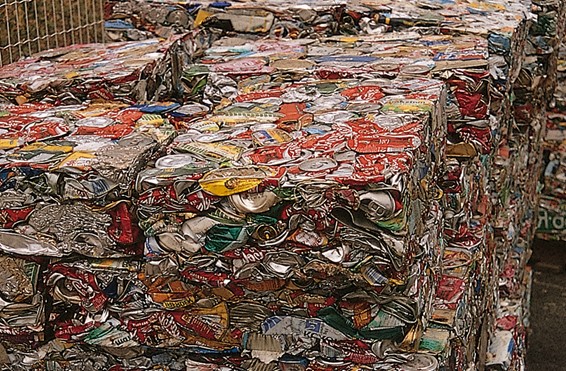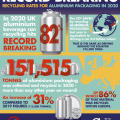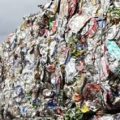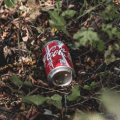Spain could reach, and even surpass, the 60% recycling rate of aluminum containers foreseen by the EU for 2030. A study commissioned to Virtus by Arpal and the Beverage Can Association, carried out in collaboration with Asplarsem, Aeversu and Ecoembes, states that Spain will largely meet this recycling target of 60% by implementing a series of measures that are also economically profitable.
Furthermore, according to the report, the high value of this material would allow the necessary investments to be recovered in a very short period of time, around 5 years. The most effective measure, according to the study, will be to increase awareness campaigns so that citizens participate more often in the municipal selective collection by taking their aluminium containers and packaging to the yellow container.
Other measures identified in the study consist of industrial modifications in waste sorting plants (both manual and automatic), in energy recovery plants and in light packaging sorting plants. The enlargement and improvement of the existing Foucault separators in these facilities allow to increase the recovery of aluminium containers, as well as to obtain an economic return in periods of around five years, depending on the treatment volume. Opportunities are also identified with other technologies such as infrared or X-Ray separators.
Juan Ramón Meléndez, director of the Beverage Can Association states that “it is not often that positive measures for the environment are also economically profitable. In general, economy and environment are usually opposing concepts, however, in our case they go hand in hand. This shows that the aluminium container is a perfect example of circular economy”.
According to this study, almost 15,000 tons of aluminum household packaging could be recovered for recycling, through improvements in existing facilities. Finally, avoiding the direct dumping of waste by having it treated, in addition to being a legal requirement, is another factor that would increase the recovery of aluminium containers for their subsequent recycling. This would require the construction of new plants or the expansion of existing ones.














